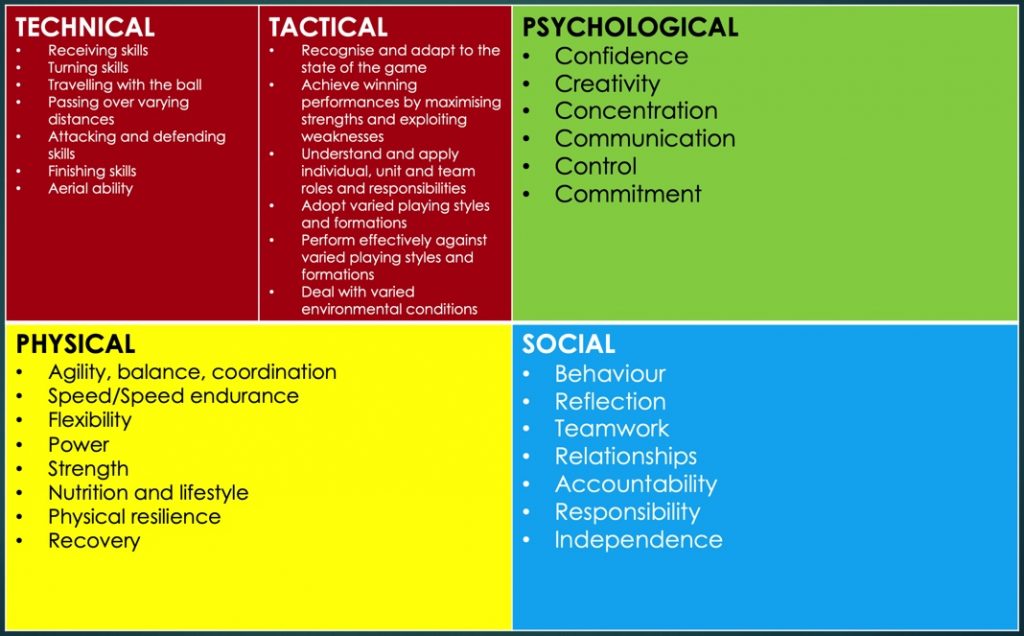
How English Soccer Academies Nurture Tomorrow’s Stars
The journey from a local playground to the lush greens of professional soccer s arduous and only a few make it to the top. The role of academies in shaping these young talents cannot be overstated. A recent article titled “The measurement, tracking and development practices of English professional football academies,” published in the Journal of Sports Sciences, delves deep into the practices of these academies.
Robust Measures
The study focuses on category one and two English football academies, exploring how they measure and track player performance and integrate these factors into the player’s curriculum. One of the findings of the study is the differential weighting academies place on various performance factors. Technical, tactical, and psychological aspects are given the most importance. However, the study also highlights a significant gap: the lack of a systematic measurement approach. This brings us to a crucial point – while it’s vital to identify key areas for player development, it’s equally important to have a robust system to measure and track progress in these areas.
The research underscores the importance of a holistic approach to player development. The English Football Association’s “Four Corner Model” (FCM), which encompasses technical/tactical, physical, psychological, and social aspects, is a key framework used by these academies. This model is a step in the right direction as it recognizes that a player’s development is not just about physical or technical skills but also about their mental and social well-being.

However, the challenge lies in effectively measuring and integrating these aspects into the player’s curriculum. The study reveals that while physical elements are often measured objectively, technical and tactical skills are mostly assessed through observation, which can be subjective. Furthermore, psychological and social factors, though recognized as crucial, are the hardest to measure and track.
This brings us to the crux of the matter: the need for a more integrated and systematic approach to player development. The study suggests that academies could benefit from creating Shared Mental Models (SMMs) – these are comprehensive frameworks that encapsulate the target profile of a player, the curriculum, and the roles and systems in place. By aligning these elements, academies can optimize the development of each player, tailoring the training and evaluation to their individual needs and progress.
Conclusion
In conclusion, this article is an essential read for anyone looking to understand the nuances of player development in soccer. By taking these insights and applying them in practice, we can better prepare our young talents for the demanding world of professional soccer. It’s not just about finding the next big star; it’s about nurturing a well-rounded athlete capable of thriving in the competitive arena of professional sports.
Elevate your understanding of the beautiful game with ‘This Week in Soccer’.
Dive into a world where soccer science and strategy come alive. Subscribe now to our newsletter and be part of a community that transforms theoretical knowledge into practical mastery. Don’t miss out on the chance to access groundbreaking insights and redefine your approach to soccer. Subscribe today!



